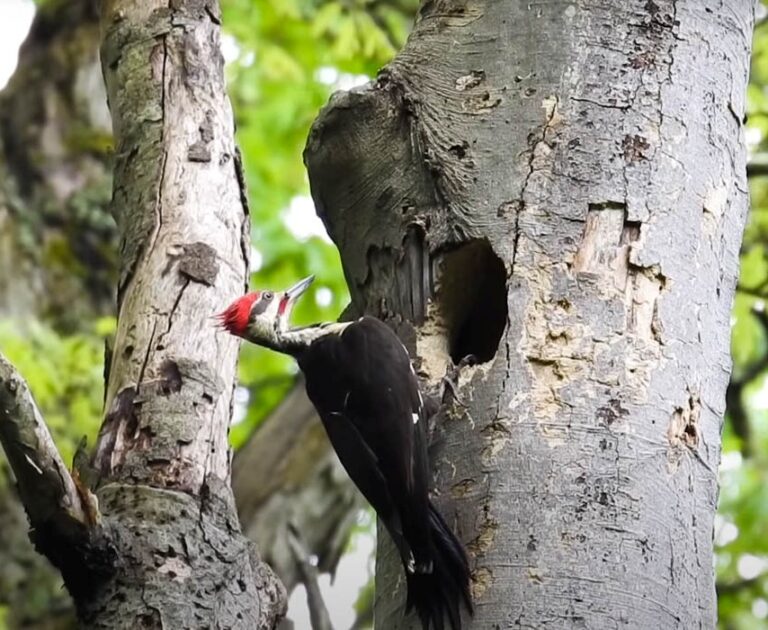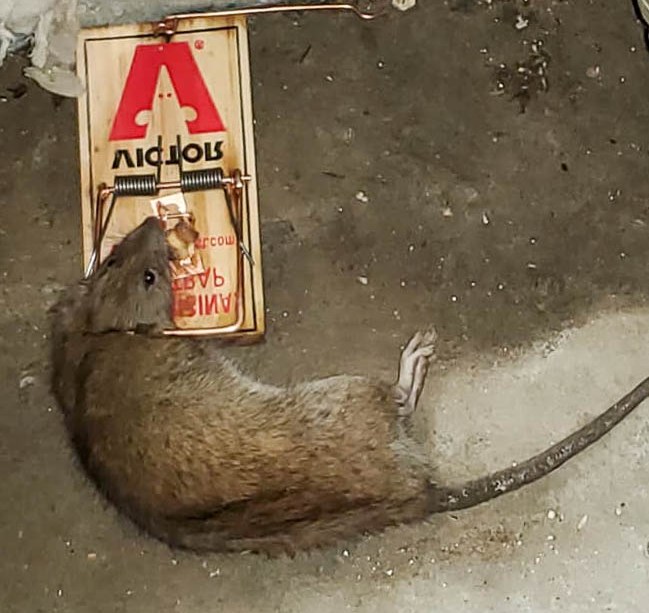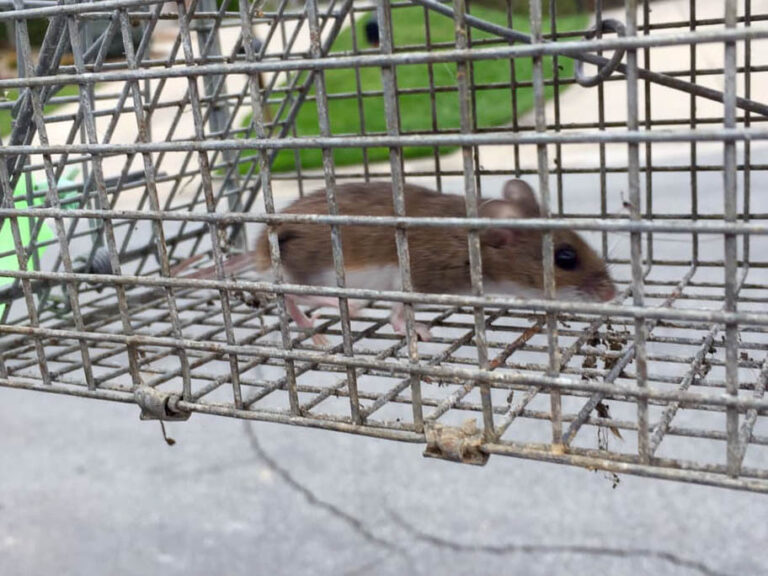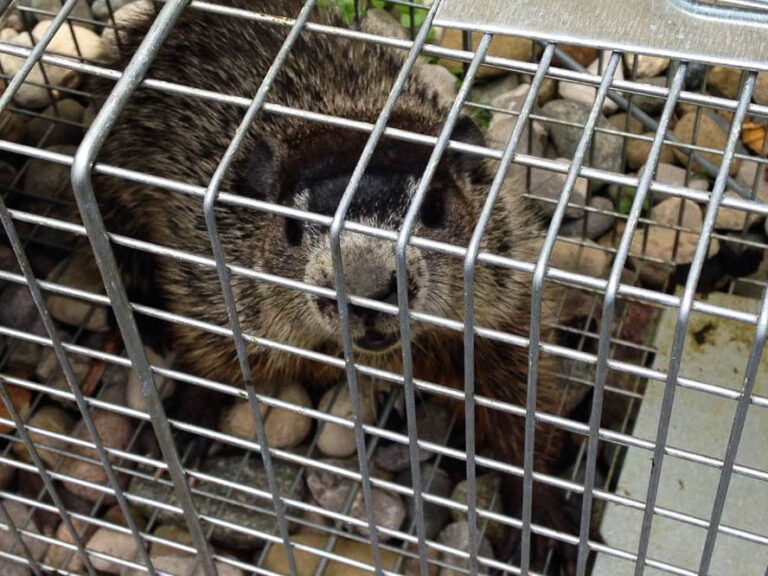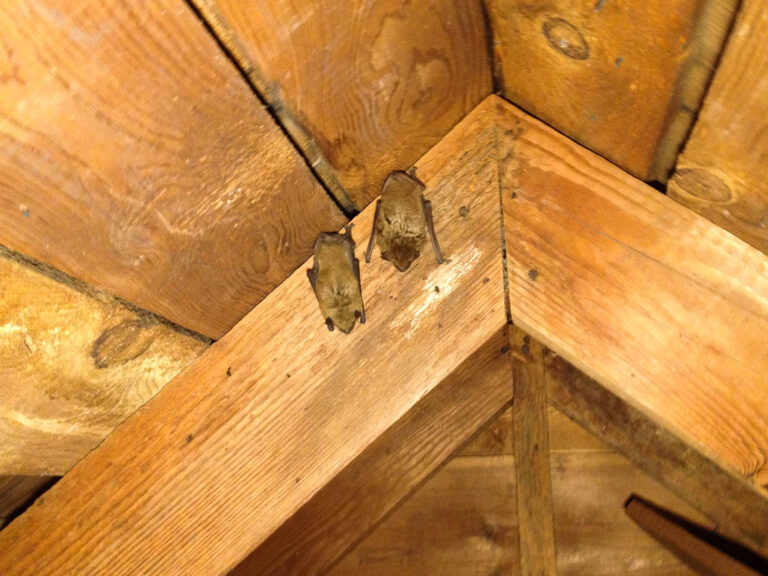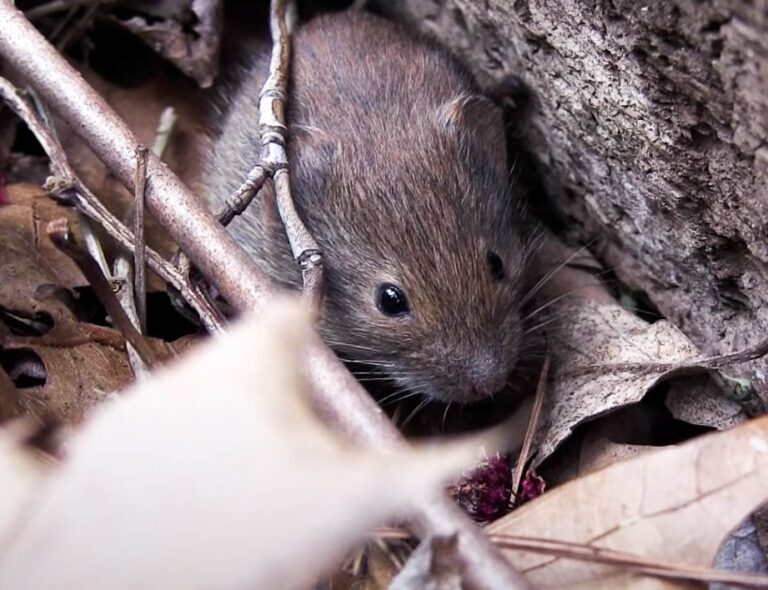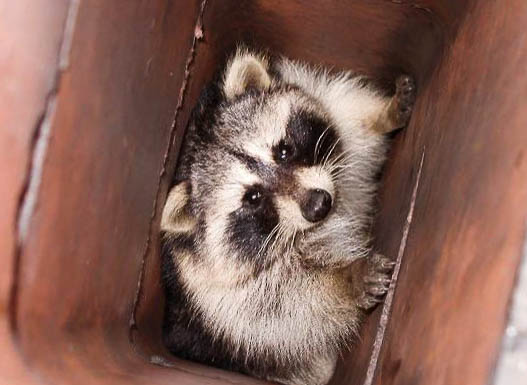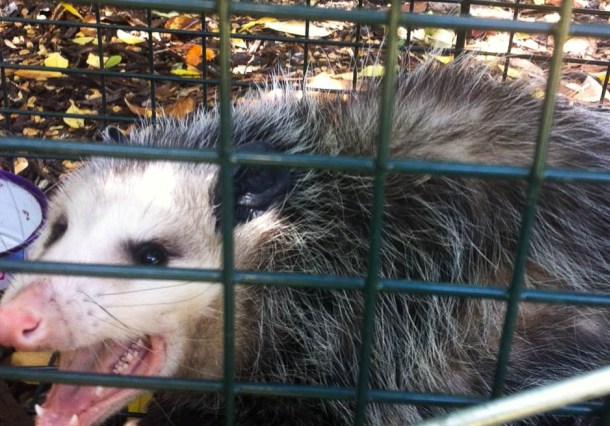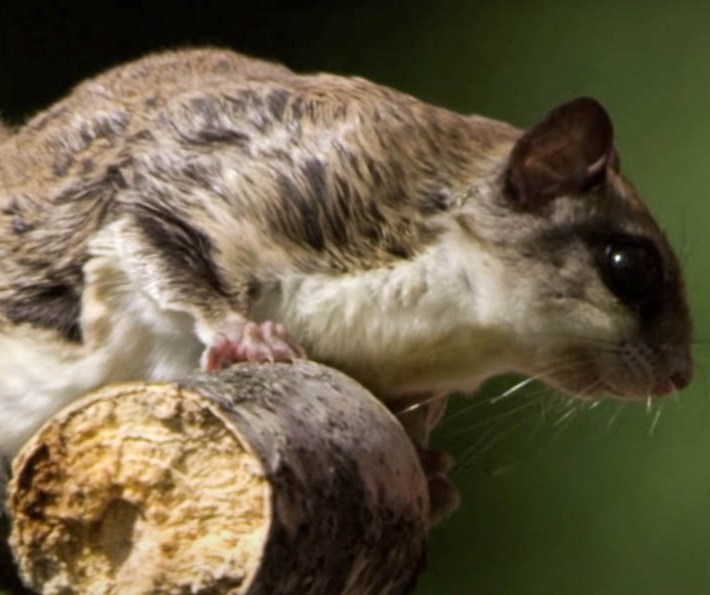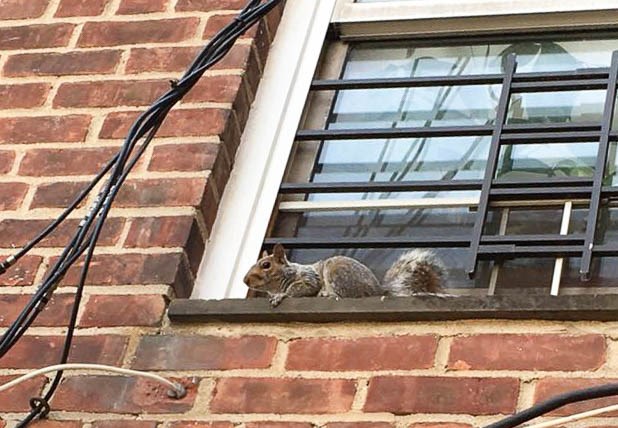About Pigeons
Appearance
Pigeons are several hundred species of birds that are part of the (Columbidae) family. The smaller forms are called doves, and the larger forms are referred to as pigeons. Pigeons are mostly bluish-gray, with two distinct black bars on each wing and shiny green and reddish- purple glossiness around their necks and wing feathers.
They have bright orange eyes, though they can be gold or red (adult). For juveniles, the eyes may be brown to greyish brown. They have a white patch that runs on the bridge that connects the black beak to their face. The feathers at their lower back are colored white.
The rock pigeon has an average length of between 32 and 37 cm with a wingspan of 64-72 cm. They have scaly, red feet and legs. There are over 300 recorded species of the pigeon. The most common are the feral pigeons numbering in tens of millions within human settlements.

Behavior
Pigeons can fly at high altitudes of 6000 feet and more and can maintain an average speed of 77.6 mph. They can fly between 600 and 700 miles per day. Pigeons have high compass senses to help determine their bearing from home. And high geographic senses to help them determine their positions on earth. These two important senses make them useful in carrying messages.
All pigeons are monogamous for life, and they live in groups. They breed all year round, but it peaks during the spring and summer. Pigeons make a cooing sound when trying to attract a mate, and when alarmed, they make deep grunting sounds.
Pigeons are opportunistic feeders, and their diet can vary by species. Some species eat fruit, insects and worms. Other species feed on smaller reptiles, insects, and a few on berries and vegetables. The common feral pigeons feed on seeds (from humans) and other scrap foods.
Pigeons take their liquids by sucking with their beaks like a straw. Pigeons display a high level of intelligence; they can recognize their mirror-image, learn letters, and conceptualize. Pigeons are one of the earliest domesticated animals (rock doves). Homing pigeons were useful during the wars (still in use) in transmitting messages.
Habitat
Pigeons are found in almost all regions of the world, except the Sahara Desert, Antarctica, and the high Arctic. They will mostly reside in cliffs, especially on coastal sides. Feral pigeons are better off living close to human settlements. These areas provide them with a lot of scavenging opportunities, especially in urban regions. Pigeons will often swarm or feed in groups to prevent being targeted by predators. In groups, some of the birds in the group are producers, scouting for food sources. Others are scroungers; they join in the feeding after the producers locate the food source.
Life Cycle
As far as there is food, pigeons breed at any time of the year. However, they first make a nest of dried twigs, leaves, and branches on cliffs, ledges, or roof buildings. After mating, the female lays two eggs, and both parents take turns in incubating the eggs for 17-19 days. Baby pigeons are called “squabs” and are fed with the crop of milk produced by the parents. The squabs learn how to fly and fend for themselves after 30 days. By six months of age, pigeons are ready to breed.
Pigeons can live for about 3-5 years out in the wild, and slightly higher in captivity. However, some species live up to 10 years. Due to their constant interaction with humans, pigeons are often victims of road and other human accidents.
Pigeons are also hugely predated upon by: peregrine falcons, sparrow hawks, raccoons, red tail hawks, cats, foxes, and many other animals. In some cases, rodents like rats attack pigeons/steal their eggs.
Damages They Cause
Even for sweet, adorable animals like pigeons, some of their activities indirectly affect man. Examples are;
Causing blockage in passageways
Pigeons like to build their nest in high, open places like rain gutters, roof corners, and drains. These nests clog the gutters and prevent the free flow of water and debris. It causes leakages, sagging, and damage to the roof.
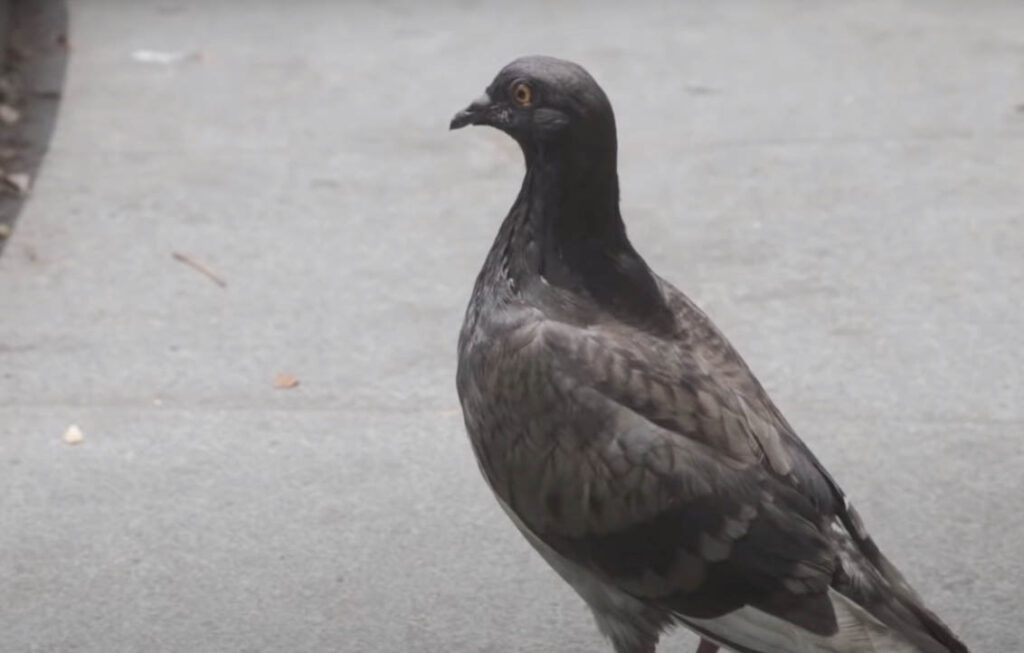
Too much noise
More menacing when in numbers is the deep grunting noise pigeons make. This noise can go on for hours and interrupt your sleep or resting.
The stench in your home
Pigeon droppings contain lots of strong compounds. Apart from affecting your roofing materials, the smell is also powerful and unhygienic to inhale.
Carriers of diseases and smaller pests
Birds are carriers of some diseases like avian flu, and some of them are dangerous to man and his poultry. They can also carry ticks, flea, mites, and more.


